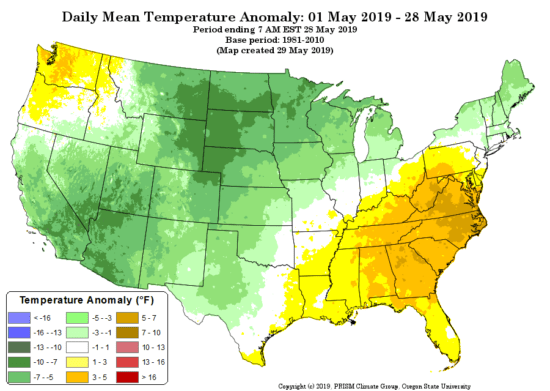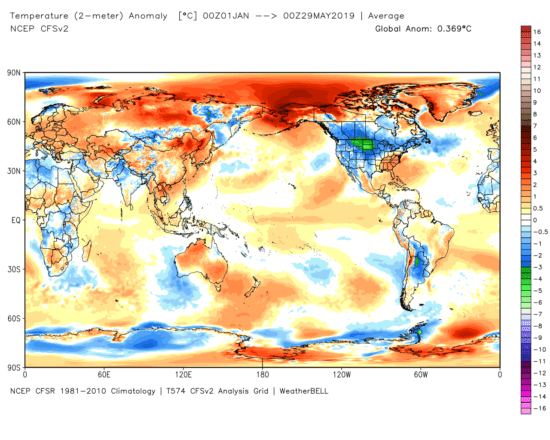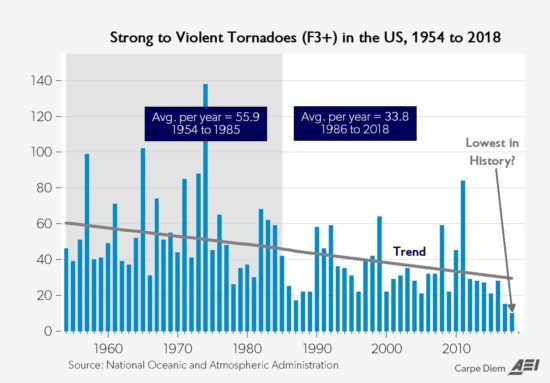You've heard of storm chasers with their trusty getaway cars and gizmos. Now get ready for hurricane hunters, who dive nose-first into storms.
Like the storm chasers on land, the National Oceanic and Atmospheric Administration's hurricane hunters collect data that meteorologists otherwise wouldn't be able to assess.
"Hurricane hunters are critical in determining the intensity of a tropical system by directly sampling the storm," AccuWeather Meteorologist Randy Adkins said. "The data that they collect, including radar information, wind speed, temperature, pressure, etc. are instrumental in the forecasting process."
This information is then used to determine the strength and category of the storm and goes into creating the models and warnings.
"The data that they collect is so instrumental in helping us make that forecast, the watches and warnings," Director of the National Hurricane Center Ken Graham said. "But not only that, it gets in the models. So if the models are better, it helps all of us do our job."
Tools of the trade
"If we didn't send hurricane hunters into the hurricanes, we'd be relying more on satellite data which can give us a general idea but can't be very specific about what's happening within a particular section of the hurricane," AccuWeather Senior Meteorologist Rob Miller said.
Hurricane Gloria
https://www.cs.mcgill.ca/~rwest/wikispeedia/wpcd/wp/h/Hurricane_Gloria.htm




